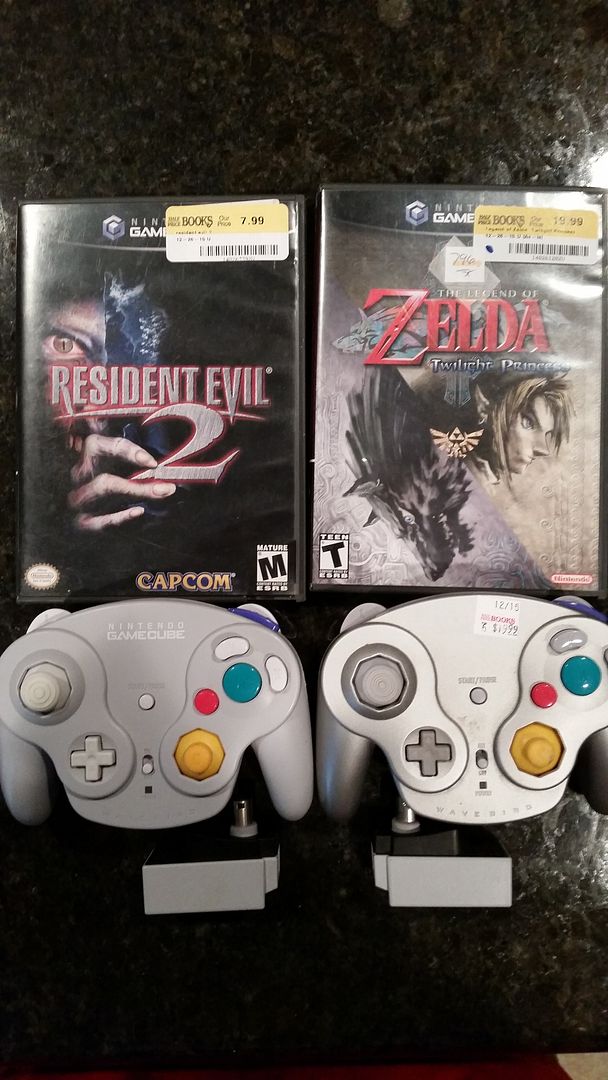IGNcube: Over half of the chip is embedded RAM, right?
Greg Buchner:
On the version that shipped at launch it's on the order of a third. From a transistor point of view it's about half, but because it's a very regular structure it is very, very dense. So that half-transistor results in a much smaller area. So from an area point of view actually a little less than a third.
IGNcube: Is transform performance one of the big fights you had with using eDRAM, which takes up space?
Greg Buchner:
That actually wasn't an issue. Those two are very separate discussions. You look at the embedded DRAM and it's going to be for performance on the fill rate side, and that's a cost trade-off. To get that kind of bandwidth with an external device, forget it, you're not going to even come close. So there's a huge benefit we get by having it.
Transform is a separate topic almost: how much do you shoot for, what's important, what are the typical cases with what developers are doing. Not many people send down triangles of the same color and never change anything else. It's these kind of fake benchmarks that are irrelevant. And so they're not streamed to data that is ever showing up in a game, so what's the point in measuring them? So what we went after is what's really happening in a game, what's really happening from a content creation point of view. We optimized around what the data patterns looked like and made a machine that screams for those kind of patterns.
IGNcube: If you had to pick one main feature on the chip that you thought as most important or most impressive what would it be?
Greg Buchner:
Hmm, there's a lot of them. [Laughs] From an overall, machine architecture point of view it is a very, very clean architecture. So, again, back to the 10,000-ft level it's a sweet machine, it's just so clean and there aren't a lot of quirky behaviors. There are very few things that I would put in the quirky behavior category. So it's allowed the developers to go focus on making the games. From a raw feature point of view, in the texture area, the texture combining, what we can do with textures, how one texture can manipulate another texture...in the area of textures I think we've greatly extended what people can do and the effects that they can create. So that's something over time I think you're going to see continuing improvements as developers say, "Hey, I've got this incredible toolbox now for assembling things" I don't think that's an area that's been tapped yet. So, I think over time you're going to see better feature effects coming out.





